
Tek Tıkla Ödeme Nedir E-Ticarette Dönüşüm Oranlarını Artırmanın Yeni Yolu
Tek Tıkla Ödeme Nedir E-Ticaret’te Dönüşüm Oranlarını Artırmanın Yeni Yollarını Keşfedin...
QR Kod Nedir? QR Kod Ne İçin Kullanılır? Öğrenmek için blog yazımızı zirayet edin!
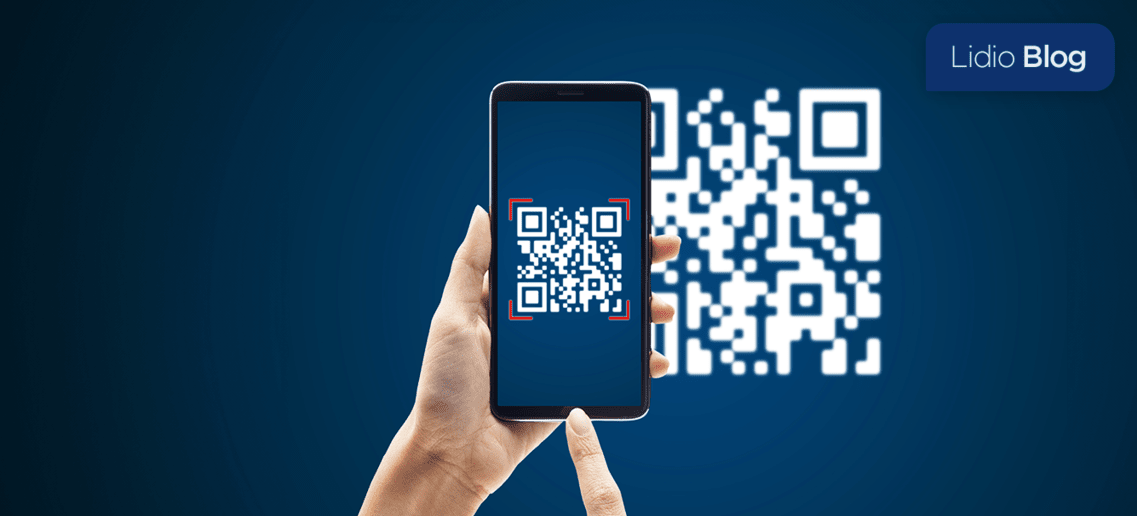
QR kod, "Quick Response Code" (Hızlı Yanıt Kodu) anlamına gelir ve kare şeklinde, siyah ve beyaz desenlerden oluşan bir tür barkod türüdür. 1994 yılında Japonya'da otomotiv sektörü için geliştirilen bu teknoloji, günümüzde global olarak birçok farklı alanda kullanılmaktadır. QR kodlar, standart barkodlardan farklı olarak daha fazla bilgiyi depolayabilir ve hem yatay hem de dikey olarak okunabilir. Makinelerle taranabilen gelişmiş barkodlar olarak da açıklanabilir. QR kod nedir diye bakıldığında, kare formunda noktalardan oluşan matris barkod türü olduğu görülür. Bu noktalar bir bütün olarak, koda işlenen bilgiye yönlendirme yapar. Burada ürün bilgileri veya tanıtımlar olabileceği gibi ödeme işlemine yönlendirme sayfası da olabilir. Bu şekilde online ödeme işlemlerine yönlendirme sağlanması da mümkündür.
QR kodlar, özel bir algoritma kullanarak verileri bir matris düzeninde saklar. Bu kodlar, akıllı telefonlar ve özel QR kod okuyucular tarafından taranabilir. Tarama işlemi sırasında, QR kod içindeki bilgiler çözümlenir ve kullanıcıya sunulur. Bu bilgiler, web sitelerine yönlendirmeler, metin, resimler veya diğer dijital veriler olabilir.
QR kod oluşturma işlemi, çeşitli online araçlar ve uygulamalar aracılığıyla yapılabilir. Kullanıcılar, saklamak istedikleri bilgiyi bu araçlara girer ve ardından sistem, bu bilgiyi QR kod formatına dönüştürür. Oluşturulan QR kodlar, çeşitli formatlarda (örneğin, PNG, JPEG) kaydedilebilir ve basılı veya dijital materyallerde kullanılabilir.
QR kodlar, bilgi paylaşımını ve erişimini kolaylaştırmak için kullanılır. Reklamcılıktan etkinlik yönetimine, ödeme sistemlerinden kişisel kimlik doğrulamaya kadar pek çok farklı alanda etkin bir şekilde kullanılmaktadır. QR kodların yaygın kullanımı, hızlı ve pratik bir çözüm sunmalarından kaynaklanır.
QR kod ile ödeme , akıllı telefonların kamera özelliklerini kullanarak gerçekleştirilir. Ödeme yapılacak olan QR kod, akıllı telefonun kamerasıyla taranır. Bu işlem, kullanıcının banka veya ödeme uygulamasını otomatik olarak açar ve ödeme işlemini başlatır. Kullanıcılar, bu yöntemle hızlı ve güvenli bir şekilde ödeme yapabilirler.
QR kodlar , URL'ler, metinler, e-posta adresleri, telefon numaraları ve hatta VCard bilgileri gibi çeşitli bilgileri içerebilir. Kodun kapasitesi, saklanan verinin türüne ve miktarına bağlı olarak değişir.
QR kod kullanımı, perakende, pazarlama, turizm, eğitim ve sağlık sektörleri dahil olmak üzere çeşitli alanlarda yaygındır. Bu kodlar, etkinlik biletleri, ürün bilgileri, restoran menüleri ve hatta müze rehberleri gibi pek çok farklı amaç için kullanılır.
QR kod kullanımının kolay ve pratik olması, ücretli mi sorusunu gündeme getirebilir. Statik QR kod ücretsizdir ve üretildikten sonra içinde bulunan bilgi değiştirilemez. Dinamik QR kod ise ücretli hizmet sağlar eve gömülü olan bilgi güncellenebilir.
Statik QR kodlarda süre sınırlaması yoktur. Dinamik karekodlarda ise son kullanma tarihi belirlenebilir.
QR Kod oluştururken nelere dikkat edilmeli soru oldukça önemlidir. Öncelikle oluşturduğunuz kod 2 cm den küçük olmamalıdır. Bunun yanında koda girdiğiniz veri ve karakter sayısı arttıkça kod büyümelidir. Kodda kullandığınız renklerin siyah ve beyaz olması rahat okuma sağlayacağından bu noktaya dikkat edilmelidir.

Tek Tıkla Ödeme Nedir E-Ticaret’te Dönüşüm Oranlarını Artırmanın Yeni Yollarını Keşfedin...

CVV Kodu Nedir? Neden önemlidir? Öğrenmek için blog yazımızı zirayet edin!...
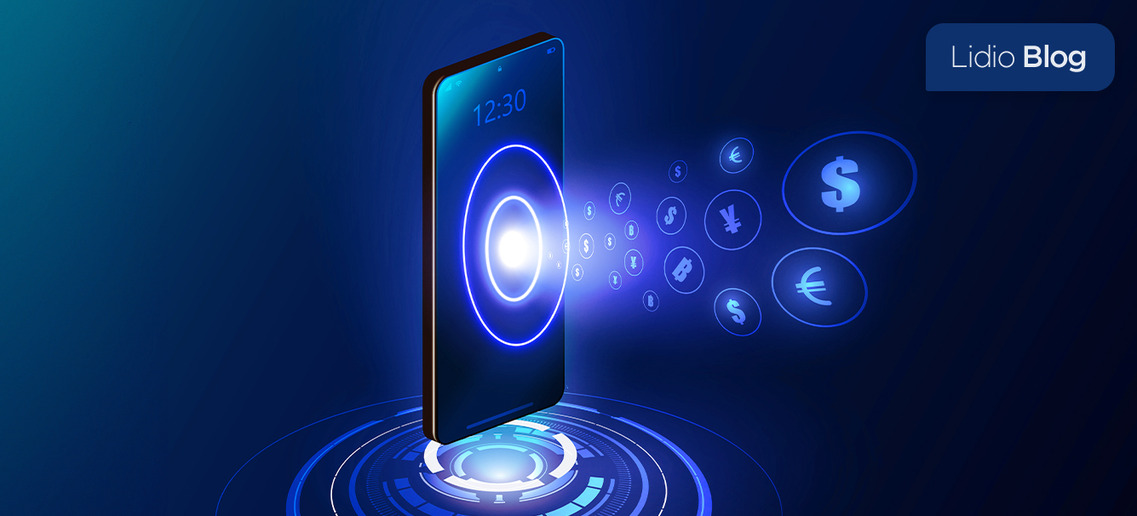
Provizyon Nedir? Provizyon Ne İçin Kullanılır? Öğrenmek için blog yazımızı ziyaret edin!...

QR Kod Nedir? QR Kod Ne İçin Kullanılır? Öğrenmek için blog yazımızı zirayet edin!...

Linkle ödeme nedir, linkle ödeme sistemi nasıl çalışır, avantajları nelerdir, ve linkle ödeme nasıl alınır merak ediyorsanız detaylı bilgi için blog yazımızı okuyun!...
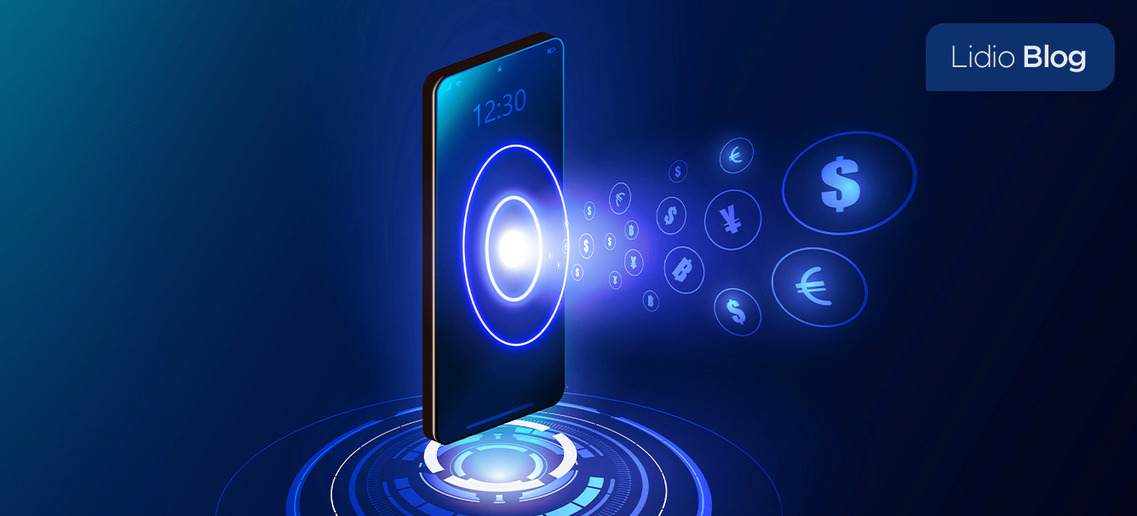
Ödeme sistemleri, online mağazalarınızda müşterilerinizden ödeme almak için kullanılan finansal teknolojilerin tümüne verilen addır. Detaylı bilgi için web sitemizi ziyaret edin!...
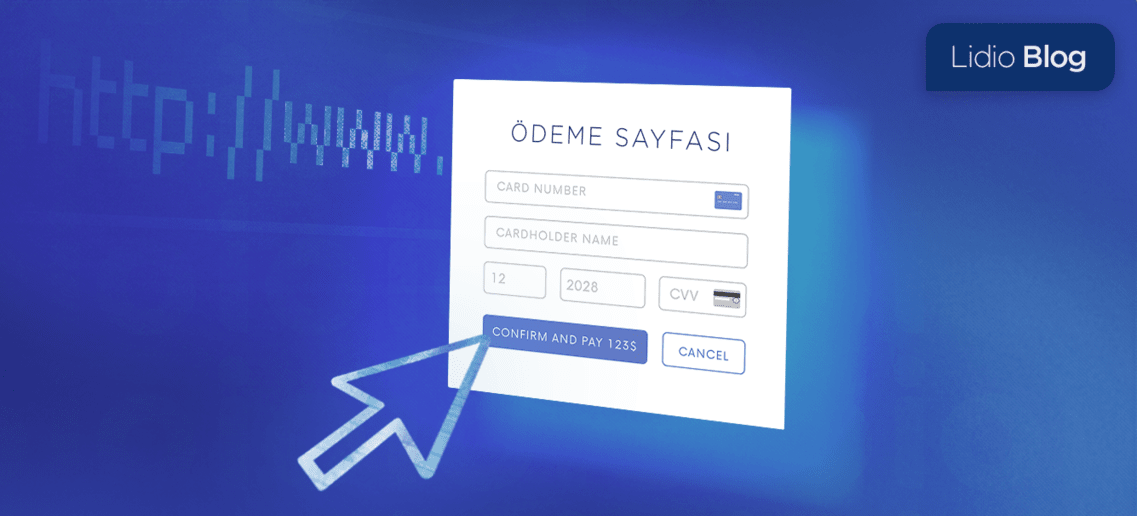
Ödeme sayfası nedir, sayfa güvenliği nasıl anlaşılır, ödeme sürecinin güvenli olduğundan emin olma yolları nelerdir hakkında detaylı bilgi için blog yazımızı okuyun. ...

Startup Nedir? Startup nasıl kurulur öğrenmek için blog yazımızı zirayet edin!...

Check Out Nedir? Neden önemlidir öğrenmek için blog yazımızı zirayet edin!...
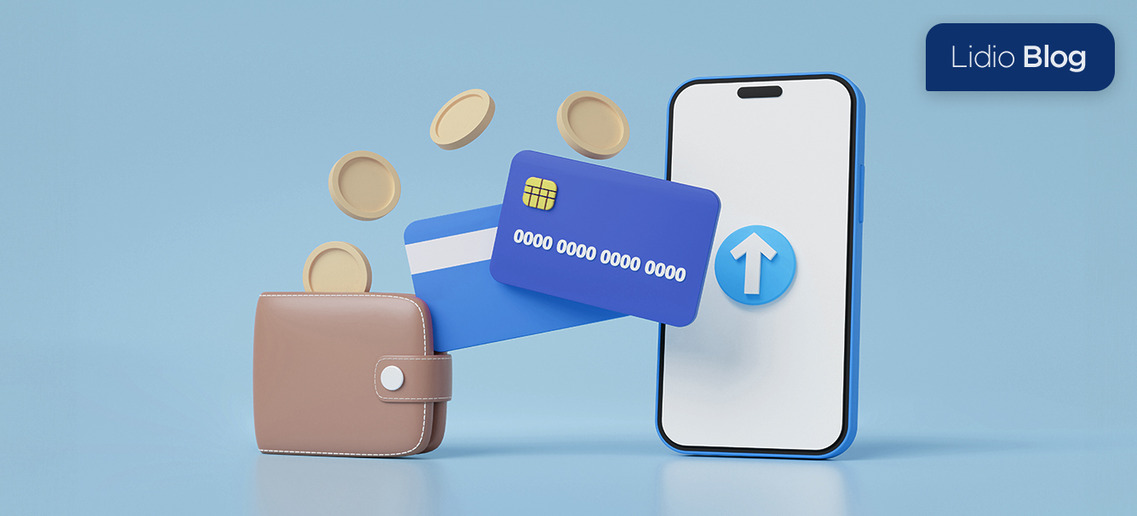
Dijital Cüzdan Nedir? ? Neden önemlidir öğrenmek için blog yazımızı zirayet edin!...
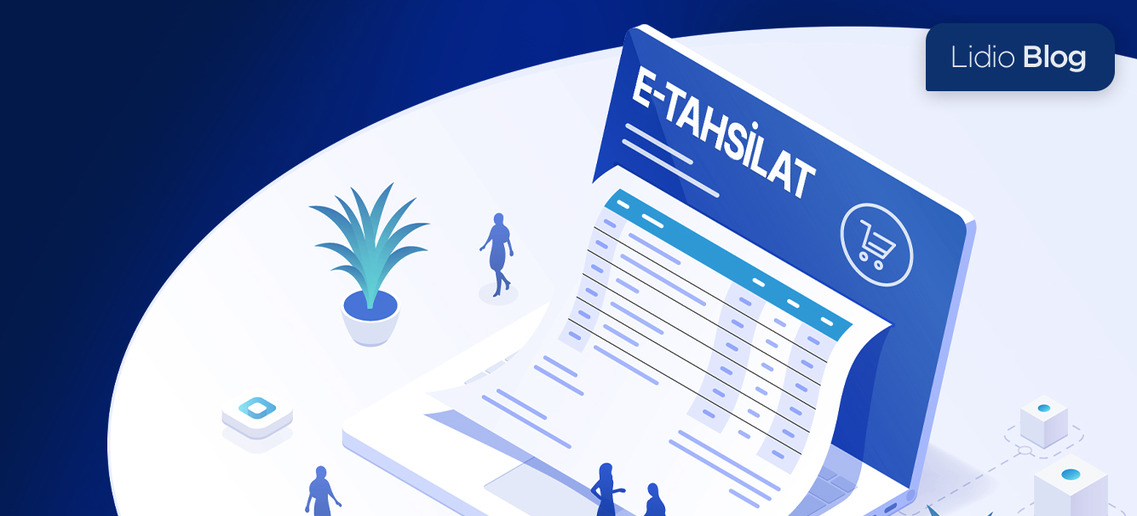
E-Tahsilat Nedir? E-Tahsilat Ne İçin Kullanılır? Öğrenmek için blog yazımızı zirayet edin!...
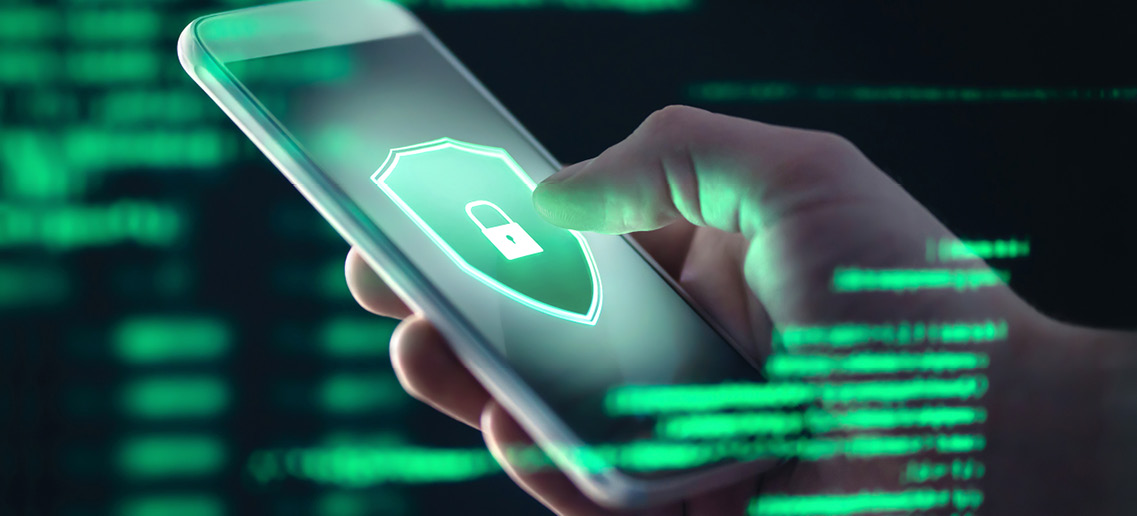
İnternet alışverişinde tüketicilerin hakları nelerdir, kabul edilen sözleşmeler neyi ifade eder detayları ile öğrenmek için blog yazımıza göz atın!...

Sanal POS hakkında tüm bilmeniz gerekenler: Öğrenmek için blog yazımıza göz atın!...

Sepeti terk etme oranları işletmeler için neden önemlidir, nasıl minimize edilir öğrenmek için blog yazımıza göz atın!...

Geleneksel ödemelerden açık bankacılığa finansal serbestleşme nedir ve neden önemlidir öğrenmek için blog yazımıza göz atın!...

Uluslararası ödemeler nasıl gerçekleştirilir, hangi yöntemler kullanılır öğrenmek için blog yazımıza göz atın!...

Ödeme alma sürecinde tahsilatları tek ekrandan yönetmek işletmelere ne gibi avantajlar sağlar öğrenmek için blog yazımıza göz atın!...

ERP nedir, POS ve hesap hareket takibi nasıl yapılır öğrenmek için blog yazımıza göz atın!...

Issuer, Acquirer ve PSP kavramları nelerdir, PSP seçimi neden önemlidir öğrenmek için blog yazımıza göz atın!...

İnternetten yapılan alışverişlerde dolandırıcılığa karşı kullanılan güvenlik önlemleri nelerdir öğrenmek için blog yazımıza göz atın!...

E-ticarette online satış yapmanın püf noktaları nelerdir, tüketici deneyimi nasıl iyileştirilir öğrenmek için blog yazımıza göz atın!...

Açık bankacılık nedir, işletmelere nasıl avantajlar sağlar öğrenmek için blog yazımıza göz atın!...

Güvenli online alışverişin şifresi: 3D Secure Ödeme nedir, ne işe yarar öğrenmek için blog yazımıza göz atın!...

Kredi kartı, kapıda ödeme, havale/kredi, mobil ödeme gibi alternatif ödeme yöntemleri nelerdir, nasıl kullanılır öğrenmek için blog yazımıza göz atın!...